1. Baseball as “America’s Pastime”

For generations, baseball was the heartbeat of American sports culture—slow, strategic, and steeped in nostalgia. It was the soundtrack of summer, with kids collecting cards and families crowding into ballparks. But today, it’s been eclipsed in popularity by football, basketball, and even global sports like soccer. Younger audiences often find it too slow, too long, or just not exciting enough.
That doesn’t mean baseball’s gone—it still has a loyal fanbase and iconic status. But it no longer feels like the cultural centerpiece it once was. The crack of the bat and the seventh-inning stretch now compete with fantasy leagues and TikTok highlights. It’s still American—but it’s not the pulse of the nation anymore.
2. The Mall
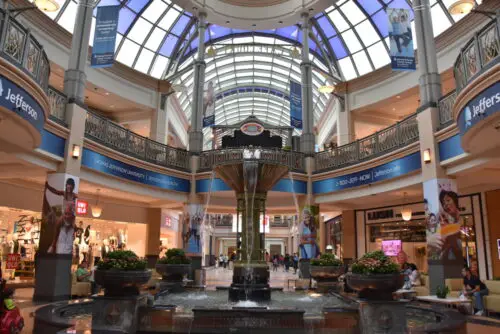
Once the epicenter of suburban life, the mall was where teens hung out, families shopped, and holidays came alive with food courts and Santa photos. It was more than a place to buy things—it was a social hub. But now, many malls are ghost towns, casualties of online shopping and changing consumer habits. The rise of e-commerce and same-day delivery has made the mall feel like a relic.
Some are being repurposed into gyms, churches, or even housing. Others just sit abandoned, echoes of a different economic era. The mall used to symbolize American abundance and community. Now it feels like a monument to a retail dream that’s faded.
3. The American Dream
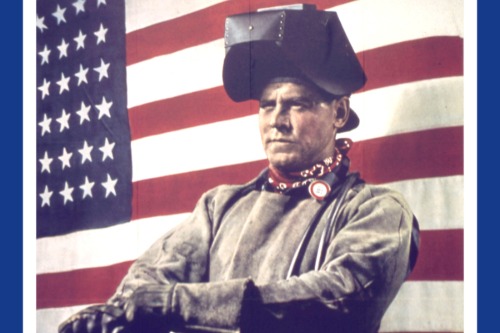
For decades, the American Dream meant upward mobility: work hard, buy a house, raise a family, and retire comfortably. It was aspirational, accessible, and deeply tied to national identity. But today, skyrocketing housing costs, student debt, and wage stagnation have made that dream feel out of reach for many. Millennials and Gen Z often see it as a myth more than a roadmap.
That doesn’t mean people have stopped dreaming—it just looks different now. Success might mean flexibility, purpose, or freedom from debt, not a mortgage and a white picket fence. The phrase still gets used, but it hits differently. It’s American, yes—but it doesn’t feel like it belongs to everyone anymore.
4. The 9-to-5 Job
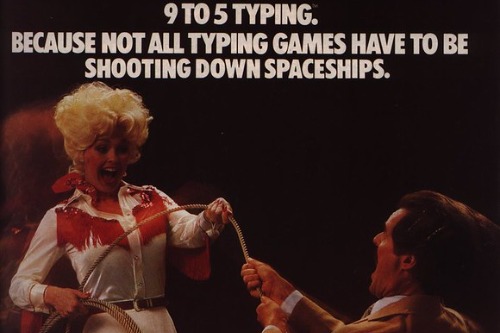
The traditional 9-to-5 job once defined American work culture—structured hours, office attire, and a clear separation between work and home. It was predictable, stable, and often came with benefits and a pension. But remote work, gig jobs, and burnout culture have upended that model. More people are freelancing, side-hustling, or working flexible hours.
The pandemic accelerated this shift, making Zoom calls and home offices the new norm. For some, it’s liberating; for others, it’s exhausting. Either way, the old rhythm of clocking in and out feels increasingly outdated. The 9-to-5 still exists—but it’s no longer the default.
5. Apple Pie
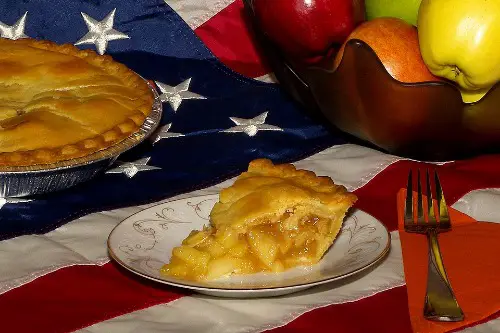
“American as apple pie” used to mean wholesome, classic, and universally loved. It was the dessert of choice at Fourth of July picnics and Thanksgiving tables. But today, it’s more of a nostalgic symbol than a go-to treat. Cupcakes, cronuts, and global desserts like mochi and churros have taken over the spotlight.
That’s not a bad thing—it reflects a more diverse and adventurous food culture. But it does mean apple pie isn’t the cultural icon it once was. It’s still delicious, still comforting, but it doesn’t dominate dessert menus anymore. It’s Americana with a side of irony.
6. The Pledge of Allegiance
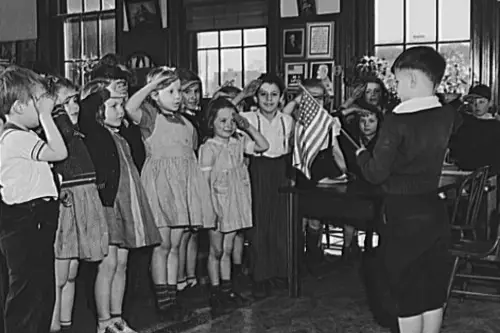
Reciting the Pledge of Allegiance used to be a daily ritual in American schools—a moment of unity and patriotism. It was automatic, unquestioned, and deeply symbolic. But today, it’s more complicated. Some students opt out, others question its meaning, and debates over the phrase “under God” continue.
This shift reflects broader conversations about nationalism, inclusion, and freedom of expression. For some, the pledge still holds deep meaning; for others, it feels outdated or performative. It hasn’t disappeared, but it no longer feels universally embraced. It’s a tradition that now sparks more questions than consensus.
7. Drive-In Theaters
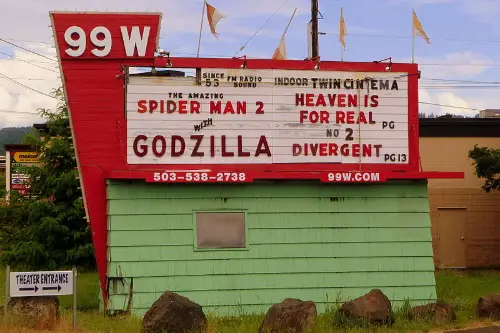
Drive-ins were once a quintessential American experience—pile into the car, grab some popcorn, and watch a movie under the stars. They peaked in the 1950s and symbolized freedom, romance, and small-town charm. But over the decades, they faded as multiplexes and streaming took over. Most closed down or became novelty attractions.
There was a brief resurgence during the pandemic, but it didn’t last. Today, drive-ins feel more like retro kitsch than mainstream entertainment. They’re still beloved by some, but they’re no longer part of everyday life. It’s Americana in sepia tone.
8. Denim Jeans

Jeans were once the ultimate American uniform—rugged, rebellious, and worn by everyone from cowboys to rock stars. Levi’s were a symbol of freedom and individuality, exported around the world as a piece of American cool. But now, denim is just one option in a sea of athleisure, joggers, and stretchy pants. Comfort and versatility have taken over.
That doesn’t mean jeans are gone—they’re still everywhere. But they don’t carry the same cultural weight they once did. They’re no longer a statement—they’re just pants. And in a world of yoga leggings, they’re not even the comfiest ones.
9. The Fourth of July
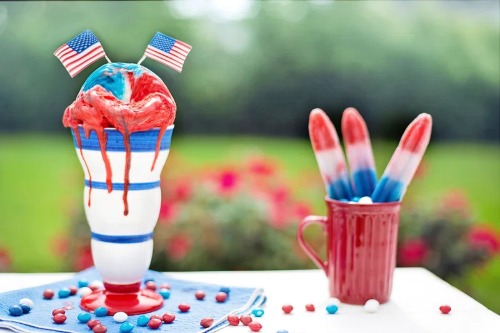
Independence Day used to be a near-universal celebration—parades, fireworks, cookouts, and a shared sense of national pride. It was a day when politics took a backseat to hot dogs and sparklers. But in recent years, the holiday has become more polarized. For some, it’s a joyful tradition; for others, it’s a reminder of unfulfilled promises and historical pain.
This doesn’t mean people have stopped celebrating—it just means the meaning is shifting. More Americans are using the day to reflect, protest, or reimagine what freedom means. The Fourth is still American to its core—but it doesn’t feel the same to everyone anymore.
This post The 9 Most American Things That Don’t Feel American Anymore was first published on American Charm.


